Chronic Pain Conditions
Pain Unveiled: Navigating Life with Chronic Pain Conditions
Navigating the labyrinth of everyday life can be challenging on its own, but when chronic pain becomes a constant companion, the journey takes on a whole new level of complexity. In our article, “Pain Unveiled: Navigating Life with Chronic Pain Conditions,” we delve into the raw and unfiltered experiences of individuals battling unseen struggles daily.
From the wrenching ache of fibromyalgia to the stabbing sensations of neuropathy, this piece sheds light on the realities faced by those living with chronic pain conditions. Through shared stories and expert insights, we aim to provide a beacon of understanding and support for anyone grappling with these invisible yet profoundly impactful afflictions. Join us as we uncover the untold truths, challenges, and triumphs of navigating life with chronic pain — because sometimes, the most powerful stories are the ones that reveal pain’s enduring strength.
Understanding Chronic Pain Conditions
Chronic pain is defined as pain that persists for weeks, months, or even years, often beyond the expected period of healing. Unlike acute pain, which serves as a warning sign of injury or illness, chronic pain can exist without any clear cause, making it a complex and perplexing condition for both patients and healthcare providers. Conditions such as fibromyalgia, arthritis, and neuropathy are common examples that highlight the diverse nature of chronic pain. Each of these conditions manifests differently, yet they share a common thread of relentless discomfort that can profoundly alter an individual’s quality of life.
The underlying mechanisms of chronic pain are multifaceted, often involving changes in the nervous system that lead to heightened sensitivity. This phenomenon, known as central sensitization, means that the brain and spinal cord process pain signals differently, amplifying sensations that may not have been perceived as painful previously. Individuals suffering from these conditions may experience pain in response to stimuli that are typically harmless, such as light touch or pressure. This increased sensitivity can lead to a cycle of pain that is difficult to break, further complicating management and treatment efforts.
Understanding chronic pain also involves acknowledging its subjective nature. Each person’s experience is unique, influenced by a myriad of factors including emotional state, lifestyle, and personal history. This subjectivity can lead to misunderstandings or stigmas surrounding chronic pain, as those who have not experienced it may struggle to grasp its severity. For many, chronic pain is not just a physical ailment but a profound emotional and psychological burden that shapes their everyday lives. Recognising these complexities is crucial for fostering empathy and support for those navigating this challenging journey.
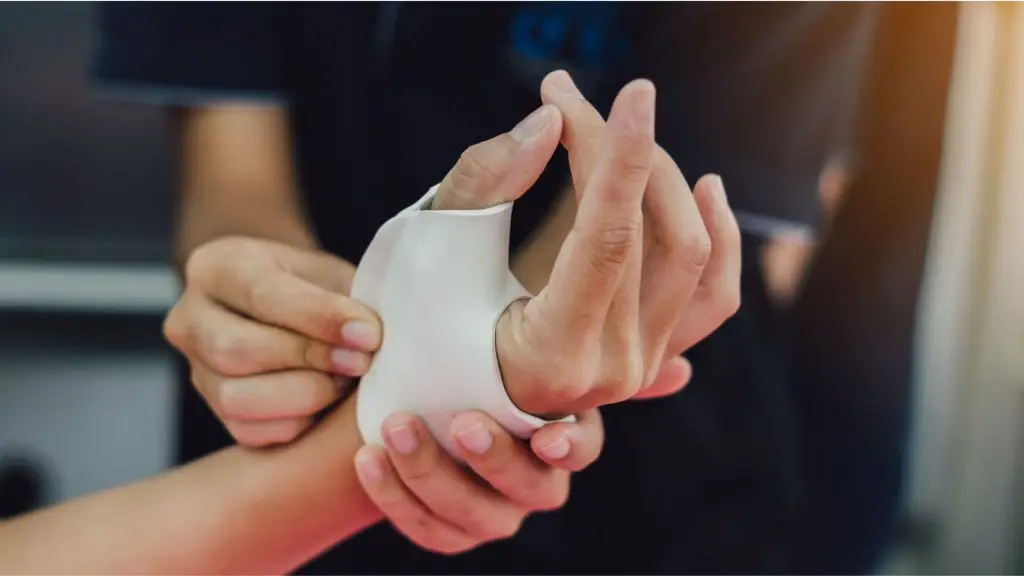
A. Arthritis
Arthritis is typically characterised by pain, stiffness, and swelling in joints. Other symptoms may include inflammation, restricted movement, weakness and/or muscle wasting or warm red skin in the affected joint.
Just like many other chronic conditions, there are many types of arthritis and symptoms may vary across time, activity, and even the time of day or weather conditions.
C. Chronic Pancreatitis.
Chronic pancreatitis is a condition where the pancreas becomes damaged permanently from inflammation. One of the most common symptoms of chronic pancreatitis is severe episodes of abdominal pain. As the pancreas deteriorates, symptoms may include unpleasant stools. Causes of Chronic Pancreatitis are generally associated with drinking excessive alcohol over a long period of time.
Anyone who regularly consumes alcohol has an increased risk of developing chronic pancreatitis although only a minority of people develop this chronic condition. Rare cases of chronic pancreatitis are the result of a problem with the immune system whereby it attacks the pancreas. It is unclear why this happens. This is known as autoimmune pancreatitis. Many people with autoimmune pancreatitis also have problems with their immune systems as the condition attacks healthy tissues.
This includes crone’s disease and ulcerative colitis. Both conditions are characterised by inflammation inside the digestive system. Treatments for chronic pancreatitis aim to help control the condition and reduce any problematic symptoms. Changes to the lifestyle may also be helpful when somebody is living with chronic pancreatitis.
One of the most important lifestyle choices is to stop drinking even if your condition is caused by other factors. This is because it helps the pancreas to stop deteriorating and may also help to reduce the pain. People who continue to drink alcohol despite having a diagnosis of chronic pancreatitis are likely to experience severe pain and complications may lead to death.
When an individual has chronic pancreatitis caused by excessive alcohol use, the individual may also have a dependence upon alcohol. They may need additional support to help stop drinking. The GP can prescribe a medication called acamprosate which can help to reduce alcohol cravings. Smoking can accelerate the progress of chronic pancreatitis and therefore it is advised that people with this diagnosis stop smoking.
C. Complex Regional Pain Syndrome
CRPS is a rare and unexplained chronic pain condition.
CRPS can occur spontaneously or following an accident or injury. The resulting pain can be excruciating and remains even when an underlying break, fracture or seemingly minor injury has occurred. As with all chronic pain conditions, a diagnosis of CRPS would be appropriate when after a duration of 12 weeks, and despite appropriate medication and treatment, the symptoms remain.
Symptoms may include swelling, a change in function and the appearance of the affected limb, lack of nail growth, and an increase in hair growth. Equally, the opposite can be characterised by CRPS. Diagnosis is made using the Budapest criteria.
Often, people with CRPS have a distorted sense of their affected body part, perhaps perceiving it to be heavier, larger, thinner, have burning sensations and changes in temperature..
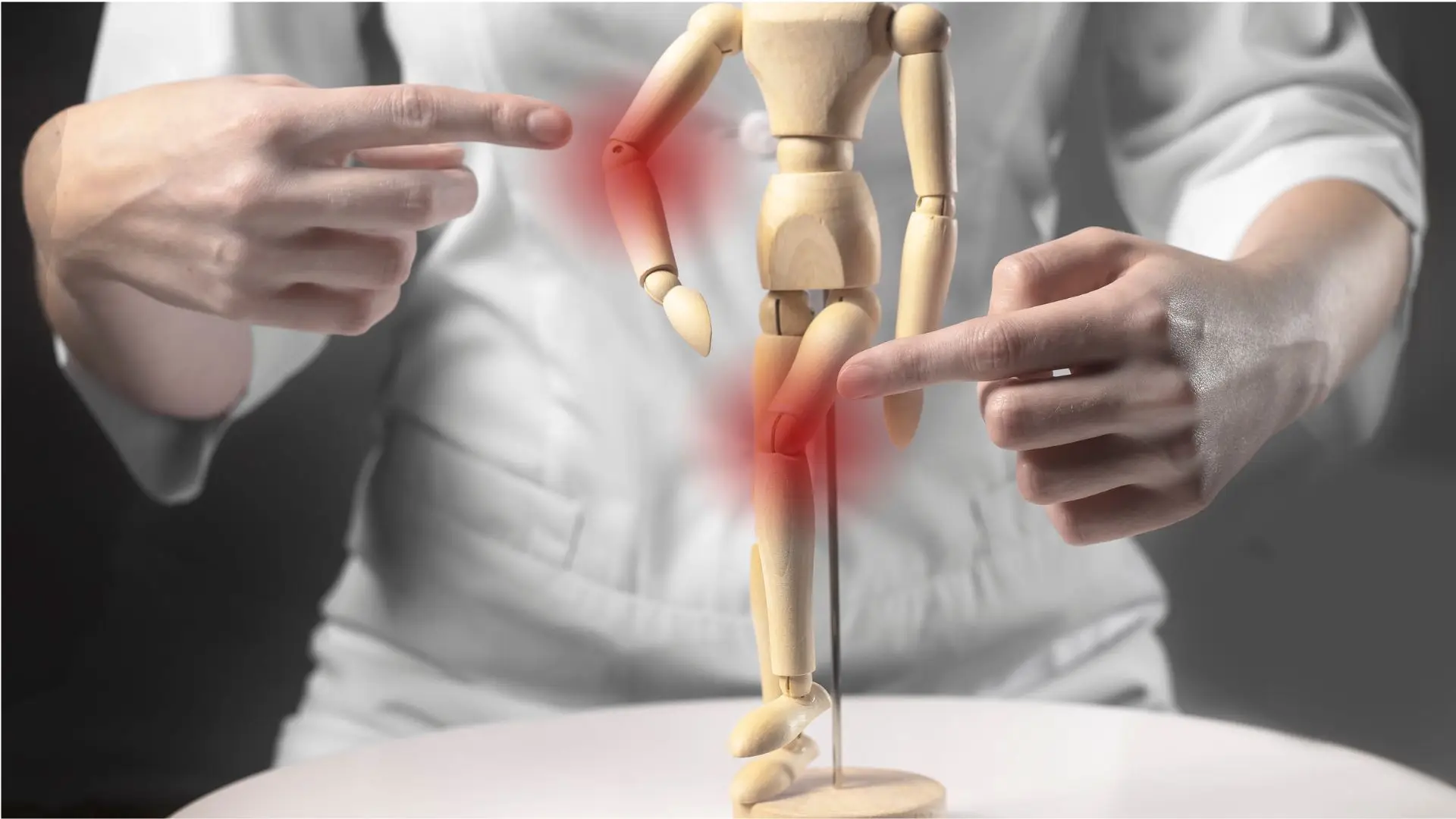
C. CFS/ME Chronic Fatigue Syndrome
(CFS/ME) Chronic Fatigue Syndrome is most experienced as extreme tiredness. It is more common in women and tends to develop between the mid-20s and mid-40s. Feeling extremely tired and generally unwell are the main symptoms of CFS. Other symptoms include:
headaches
sore throat
problems thinking,
remembering or concentrating
feeling sick or dizzy heart palpitations
sleep problems
flu like symptoms
muscle or joint pain.
Over-exercising can make the symptoms worse. Every day can be different in terms of symptoms. The symptoms of CFS or like many other common illnesses. diagnosis is based on your symptoms and by ruling out other conditions.
Causes of chronic fatigue syndrome It is not known what causes CFS. There are several theories. For example, certain factors may increase the likelihood of symptoms developing, including mental health problems such as stress and emotional trauma. CFE may also be caused by bacterial infections including pneumonia, viral infections including glandular fever or a hormone imbalance.

F. Fibromyalgia
This is a chronic pain disorder characterised by widespread body pain. Additionally, people typically have other symptoms including headaches, fatigue, mood changes and bowel difficulties.
People who experience fibromyalgia often experience myofascial pain. This is typically muscular pain. Fibromyalgia pain may be experienced as burning, shooting, or aching muscles which throb and spasm.
I. Irritable Bowel Syndrome (IBS)
IBS can be experienced in different ways by different people and symptoms may change over time. Constipation, diorrhea, a swollen stomach or stomach cramps and flatulence can all be experienced by people with IBS. Backache and problems with urination can also be symptoms of IBS.
A diagnosis of IBS may be made after all other investigations regarding troublesome digestive problems are discounted. As with many other conditions, causes are often unknown, although may include intolerance to certain food items, a sedentary lifestyle and stressful life events.
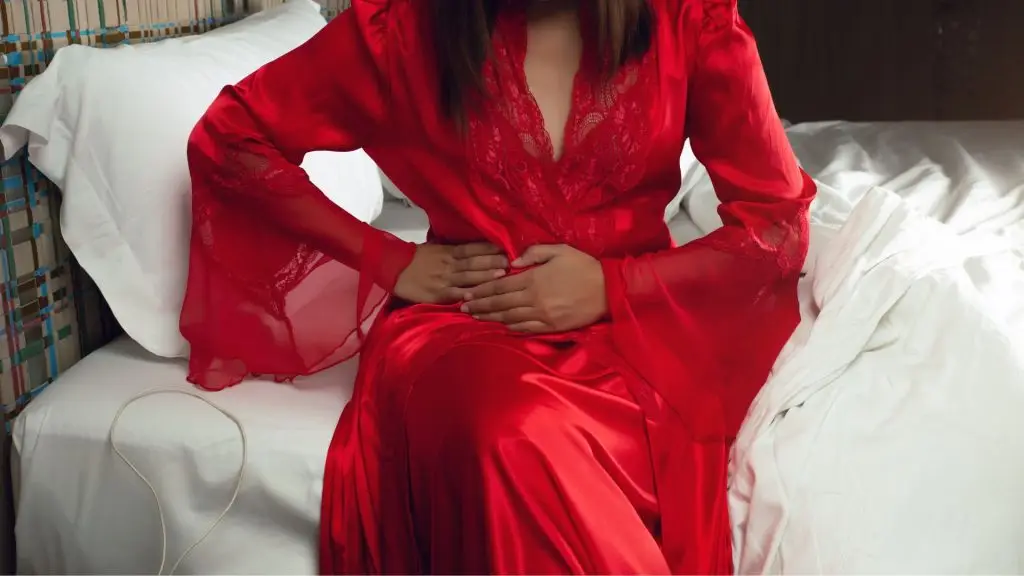
M. Multiple Sclerosis (MS)
MS is a condition that affects the body’s central nervous system (CNS). It is a disease that causes the body’s immune system to attack myelin, a coating that insulates some of the nerve fibres.
When myelin is damaged or destroyed, it affects the nerve impulses travelling to and from the brain and spinal cord. The most common symptom of MS is profound fatigue, but others may include pain, electric shock-type sensations, pins and needles and numbness.
Other senses may be affected, such as poor or altered vision, feelings of heat or coldness and changes to taste or hearing. People may also experience changes to the way in which they walk; their gait may change.
Symptoms including a weakness or tremors in legs and loss of balance may also be experienced. Emotional problems including depression may also be experienced by people with MS, as it impacts life across multiple areas.
The exact trigger of MS is unknown. However, it is thought that genes may be a contributory factor in addition to certain illnesses, lifestyle factors and traumatic experiences. https://overcomingms.org/
Impact of Chronic Pain on Daily Life
The impact of chronic pain extends far beyond the physical sensations of discomfort. Individuals living with chronic pain often find that it infiltrates every aspect of their daily lives, affecting their ability to work, socialize, and engage in activities they once enjoyed. Simple tasks, such as getting out of bed or preparing a meal, can become monumental challenges. The unpredictability of flare-ups adds to the anxiety, as individuals must constantly negotiate their plans and commitments around the potential for pain to interfere.
Social interactions frequently suffer as well. Chronic pain can lead to feelings of isolation and loneliness, as friends and family may struggle to understand the limitations and invisible nature of the condition. Those affected often withdraw from social gatherings, fearing judgment or misunderstanding from others. This withdrawal can create a vicious cycle, where the lack of social support exacerbates feelings of depression and anxiety, further intensifying the perception of pain. The emotional toll of chronic pain can be just as debilitating as the physical sensations, leaving individuals feeling trapped in their own bodies.
Moreover, the financial implications of living with chronic pain can be overwhelming. Many individuals find themselves facing increased medical expenses, from doctor visits and medications to physical therapy and alternative treatments. Additionally, chronic pain may hinder one’s ability to maintain consistent employment, leading to loss of income and financial instability. The intersection of physical, emotional, and financial challenges creates a complex web that can leave individuals feeling hopeless and overwhelmed, reinforcing the need for comprehensive support systems and understanding from society.
What Does Chronic Pain Feel Like?
Chronic pain can vary significantly from person to person, but it’s often described as a persistent, uncomfortable sensation that lasts for an extended period
People experience it differently, but some common descriptions include:
Aching: A dull, constant ache that can be localised or widespread.
Sharp or stabbing: Intense, sharp pains that feel like stabbing, shooting, or electrical sensations.
Throbbing: Rhythmic pulsing or throbbing sensations that come and go.
Burning: A sensation of heat or burning that can be constant or intermittent.
Tingling or numbness: A feeling of pins and needles, or a loss of sensation in the affected area.
Sensitivity: Increased sensitivity to touch or pressure in the affected area.
Chronic pain can affect various parts of the body, such as the back, joints, muscles, nerves, or head, and it can be incredibly disruptive to daily life, impacting mood, sleep, and overall quality of life.

Coping Mechanisms for Chronic Pain
Coping with chronic pain requires a multifaceted approach, as no single strategy will work for everyone. Many individuals find that developing a personalized pain management plan is crucial. This plan often includes a combination of medical interventions, physical therapies, and lifestyle adjustments. One common coping mechanism is the use of mindfulness and relaxation techniques, such as meditation, yoga, or deep breathing exercises. These practices can help reduce stress and promote a sense of calm, which may alleviate some of the anxiety associated with chronic pain.
Physical activity, despite the challenges it presents, can also be an effective coping strategy. Engaging in low-impact exercises, such as walking, swimming, or cycling, can improve physical strength and flexibility while also promoting the release of endorphins, the body’s natural painkillers. Many individuals with chronic pain find that establishing a consistent routine of gentle movement helps to manage their symptoms and improve their overall well-being. It is essential, however, to listen to one’s body and avoid pushing beyond personal limits, as overexertion can lead to flare-ups.
Additionally, seeking support from others who understand the journey can be incredibly beneficial. Support groups, whether in-person or online, offer a space for individuals to share their experiences, challenges, and triumphs. These communities provide emotional validation and a sense of belonging, reminding individuals that they are not alone in their struggles. Connecting with others who face similar challenges can foster resilience and empower individuals to explore new coping strategies while gaining insights from shared experiences
How Is Chronic Pain Diagnosed?
Diagnosing chronic pain involves a comprehensive process that includes:
Medical History: Your doctor will start by asking about your medical history, including the onset of the pain, its location, duration, intensity, factors that worsen or alleviate it, and any previous treatments.
Physical Examination: A thorough physical examination may be conducted to assess the affected area, check for signs of inflammation, muscle strength, reflexes, and range of motion.
Diagnostic Tests: Depending on the suspected cause of the pain, your doctor may order various tests such as X-rays, MRIs, CT scans, blood tests, nerve conduction studies, or other specialized tests to identify underlying conditions or abnormalities.
Pain Scales and Assessments: Pain scales or questionnaires may be used to assess the intensity and impact of pain on your daily life.
Consultations: Sometimes, consultations with specialists such as pain management doctors, neurologists, orthopedic specialists, or physical therapists may be necessary to pinpoint the cause and develop a suitable treatment plan.
Diagnosing chronic pain can be complex, as it often involves understanding not only the physical symptoms but also their impact on an individual’s emotional well-being and quality of life. A multi-disciplinary approach involving various medical professionals is often necessary to accurately diagnose chronic pain and determine the most effective treatment options.


Treatment Options for Chronic Pain
The treatment landscape for chronic pain encompasses a variety of approaches, each tailored to the individual’s specific condition and needs. Medications are often the first line of defence, with options ranging from over-the-counter pain relievers to prescription medications. Nonsteroidal anti-inflammatory drugs (NSAIDs) and acetaminophen can provide relief for some, while others may require stronger opioids to manage severe pain. However, the use of opioids is often approached with caution due to the risk of dependency and side effects, making it essential to work closely with healthcare professionals to find the right balance.
Physical therapy is another cornerstone of chronic pain management. A licensed physical therapist can design a tailored exercise regimen that focuses on strengthening muscles, improving flexibility, and enhancing overall function. This form of therapy not only addresses the physical aspects of pain but also educates individuals on proper body mechanics to prevent further injury. Many find that regular sessions with a physical therapist can lead to significant improvements in pain levels and daily functioning.
In addition to traditional medical treatments, interventional procedures such as nerve blocks, injections, and even surgery may be considered for certain chronic pain conditions. These interventions aim to target specific areas of pain and can offer temporary relief, allowing individuals to engage more fully in their lives. It is vital that individuals discuss all available options with their healthcare providers, weighing the potential benefits and risks to make informed decisions about their pain management journey.
What Medications Can Treat Chronic Pain?
Several medications can be used to manage chronic pain, depending on the type and severity of the pain, as well as the underlying condition causing it. Here are some commonly used medications:
Nonsteroidal Anti-Inflammatory Drugs (NSAIDs): Ibuprofen, naproxen, and aspirin can help reduce inflammation and relieve mild to moderate pain. However, long-term use of NSAIDs can have side effects like stomach irritation or increased risk of cardiovascular issues.
Acetaminophen: Also known as paracetamol, acetaminophen can alleviate mild to moderate pain and reduce fever. It’s often used as a first-line treatment but does not reduce inflammation.
Opioids: Strong pain relievers like oxycodone, hydrocodone, morphine, and others are reserved for severe pain that doesn’t respond well to other treatments. Due to the risk of tolerance, dependence, and addiction, opioids are typically prescribed cautiously and for short periods under close medical supervision.
Antidepressants: Certain antidepressants, like tricyclic antidepressants (such as amitriptyline) or selective serotonin and norepinephrine reuptake inhibitors (SSNRIs) like duloxetine, can help manage chronic pain by affecting neurotransmitters involved in pain perception.
Anticonvulsants: Drugs used to treat seizures, such as gabapentin and pregabalin, can be effective in managing certain types of chronic pain, especially neuropathic pain.
Muscle Relaxants: Medications like cyclobenzaprine can help relax tense muscles and alleviate pain associated with muscle spasms.
Topical Treatments: Creams, patches, or gels containing ingredients like lidocaine, capsaicin, or NSAIDs can be applied directly to the skin over the painful area to provide relief.
Steroids: Corticosteroids, such as prednisone or cortisone injections, may be used to reduce inflammation and relieve pain in conditions like arthritis or certain types of nerve pain.
It’s important to note that medication effectiveness can vary from person to person, and some medications may cause side effects or interactions with other drugs. Always consult with a healthcare professional to determine the most appropriate medication and dosage for your specific condition and to monitor for any potential adverse effects. Additionally, a comprehensive approach to managing chronic pain often involves combining medications with other therapies, such as physical therapy, exercise, or psychological interventions, for better outcomes.
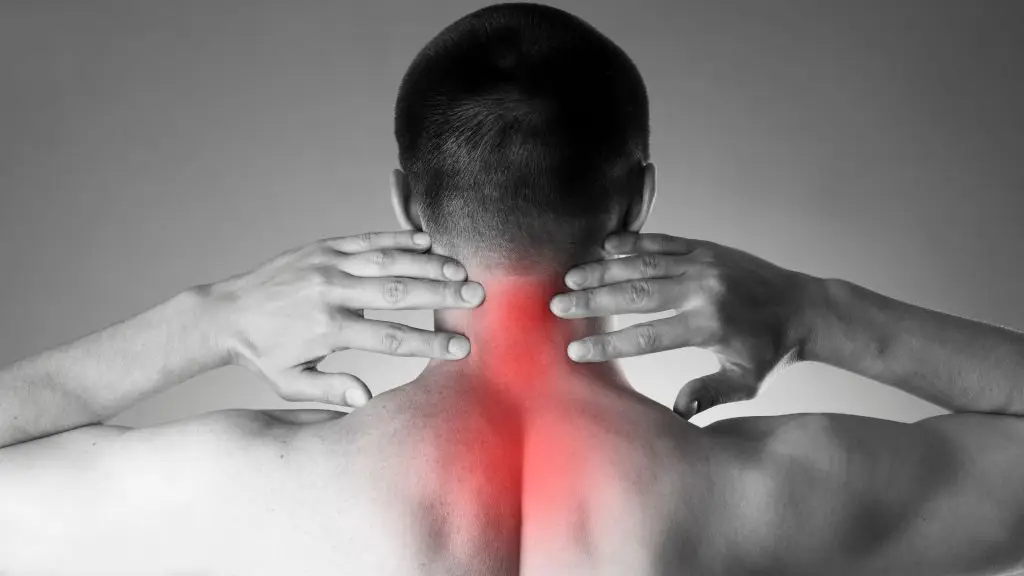

Lifestyle Changes for Managing Chronic Pain
Incorporating lifestyle changes can significantly impact the management of chronic pain. Diet plays a crucial role, as certain foods can either exacerbate or alleviate inflammation in the body. Many individuals find relief by adopting an anti-inflammatory diet rich in fruits, vegetables, whole grains, and healthy fats, while reducing intake of processed foods, sugars, and excessive carbohydrates. Staying hydrated is also important, as dehydration can worsen pain symptoms. Making conscious dietary choices can empower individuals and contribute to their overall health.
Sleep hygiene is another critical factor in managing chronic pain. Poor sleep can amplify pain sensations and lead to increased fatigue, creating a detrimental cycle. Establishing a consistent sleep routine, creating a comfortable sleep environment, and practicing relaxation techniques before bedtime can promote better sleep quality. Many individuals benefit from addressing any underlying sleep disorders, as adequate rest is essential for both physical recovery and emotional well-being.
Finally, time management and pacing strategies can help prevent overexertion and the inevitable flare-ups that follow. Learning to prioritize tasks and break activities into manageable segments allows individuals to conserve energy and avoid the “boom and bust” cycle common in chronic pain management. By setting realistic goals and recognizing personal limits, individuals can engage more fully in their lives while minimizing the risk of exacerbating their pain.
Alternative Therapies for Chronic Pain Management
As individuals seek holistic approaches to managing chronic pain, alternative therapies have gained popularity for their potential benefits. Practices such as acupuncture, chiropractic care, and massage therapy offer different avenues for pain relief. Acupuncture, in particular, involves the insertion of thin needles into specific points on the body to promote healing and reduce pain. Many individuals report positive outcomes from this ancient practice, finding it to be a valuable addition to their pain management regimen.
Mind-body therapies, such as tai chi and qigong, emphasize the connection between physical movement and mental well-being. These gentle exercises focus on slow, deliberate movements combined with deep breathing techniques, promoting relaxation and reducing stress. Participants often experience improved balance, flexibility, and a sense of calm, making these practices an appealing choice for those managing chronic pain.
Herbal supplements and nutritional therapies are also gaining traction as complementary options for chronic pain management. Certain herbs, such as turmeric and ginger, have anti-inflammatory properties that may help alleviate pain symptoms. However, it is crucial for individuals to consult with healthcare providers before incorporating any new supplements into their routine, as interactions with medications can occur. Exploring alternative therapies can empower individuals to take an active role in their pain management journey, expanding their toolkit for coping with chronic pain.
Several therapies have shown effectiveness in managing chronic pain by addressing both the physical and psychological aspects. Here are some commonly used therapies:
Physical Therapy: Tailored exercises, stretching routines, and manual therapy provided by physical therapists can help improve flexibility, strength, and mobility. These therapies aim to reduce pain, prevent further deterioration, and enhance overall function.
Occupational Therapy: Occupational therapists focus on helping individuals perform daily activities with less pain by teaching adaptive techniques, recommending assistive devices, and modifying environments to reduce discomfort.
Cognitive-Behavioral Therapy (CBT): CBT helps individuals identify and modify negative thoughts and behaviors related to pain. It teaches coping strategies, relaxation techniques, and stress management skills to improve pain perception and overall well-being.
Mindfulness-Based Stress Reduction (MBSR): MBSR incorporates mindfulness meditation and yoga to enhance awareness and acceptance of the present moment. It has shown benefits in reducing pain intensity and improving quality of life.
Acceptance and Commitment Therapy (ACT): ACT focuses on accepting pain as a part of life while committing to actions aligned with personal values. It helps individuals live more fulfilling lives despite the presence of pain.
Biofeedback: This therapy uses sensors to monitor bodily functions like muscle tension, heart rate, and skin temperature. Through visualization and relaxation techniques, individuals can learn to control these functions, potentially reducing pain.
Acupuncture: This traditional Chinese practice involves inserting thin needles into specific points on the body to stimulate nerves, muscles, and connective tissue. It’s believed to help alleviate pain by releasing endorphins and influencing the body’s natural pain-relieving mechanisms.
Chiropractic Care: Chiropractors use hands-on spinal manipulation and other alternative treatments to align the body’s musculoskeletal structure. This can help alleviate pain associated with musculoskeletal issues.
Hypnotherapy: Through guided relaxation and suggestion techniques, hypnotherapy aims to alter perceptions, sensations, emotions, and thoughts related to pain.
Group Therapy and Support Groups: Participating in support groups or group therapy sessions can provide emotional support, validation, and coping strategies by connecting individuals with similar experiences.
The effectiveness of these therapies can vary depending on individual preferences, the underlying cause of pain, and the specific nature of the chronic pain condition. Often, a combination of different therapies tailored to the individual’s needs yields the best results in managing chronic pain.
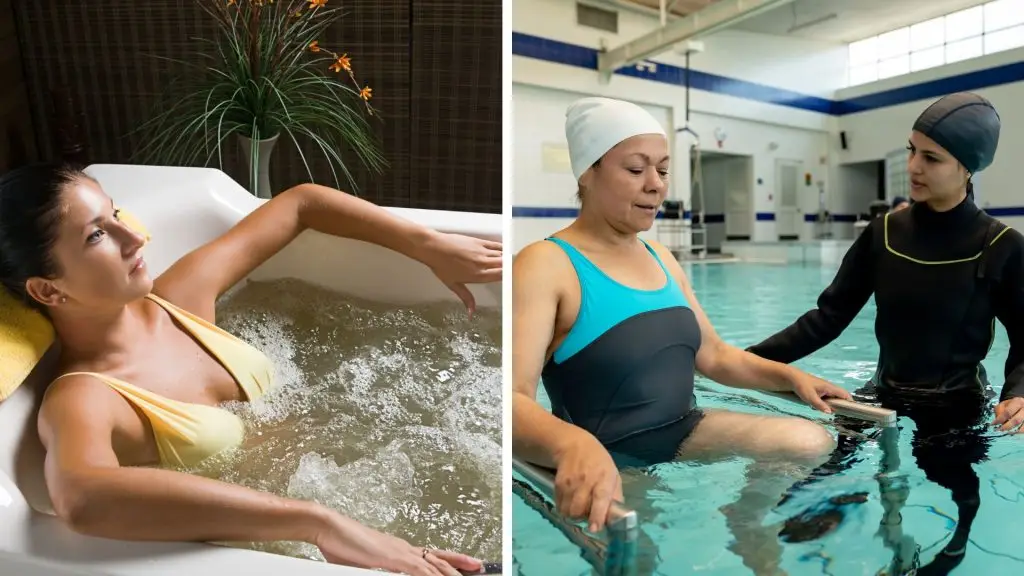

Mental Health and Chronic Pain
The relationship between chronic pain and mental health is deeply intertwined, and individuals battling chronic pain often face heightened risks of depression, anxiety, and other mental health disorders. The persistent nature of pain can lead to feelings of helplessness, frustration, and despair, impacting emotional well-being. It is essential to recognize that mental health is just as important as physical health in the context of chronic pain management. Seeking professional help from mental health providers can provide valuable support and coping strategies.
Cognitive-behavioural therapy (CBT) is one effective approach for individuals dealing with the psychological ramifications of chronic pain. This therapeutic method focuses on identifying and changing negative thought patterns, helping individuals develop healthier coping mechanisms and improve their overall outlook. CBT can empower individuals to regain control over their lives, reduce feelings of anxiety, and foster resilience in the face of pain.
Engaging in self-care practices is also vital for maintaining mental health. Activities such as journaling, art, music, or spending time in nature can serve as therapeutic outlets for emotional expression and stress relief. Finding joy in small moments and cultivating gratitude can shift focus away from pain, fostering a more positive mindset. Building a robust support network, whether through friends, family, or support groups, further enhances emotional resilience, reminding individuals that they are not alone in their struggles.
Support Systems for Individuals with Chronic Pain
Establishing a strong support system is crucial for individuals navigating the challenges of chronic pain. Support can come from various sources, including family, friends, healthcare providers, and community resources. Open communication with loved ones about the nature of chronic pain is essential, as it helps them understand the condition and offer appropriate support. Educating those around you about the realities of chronic pain can foster empathy and create an environment where individuals feel more comfortable expressing their needs.
Healthcare providers also play a vital role in a person’s support system. Building a collaborative relationship with a primary care physician or pain specialist can lead to more effective management of chronic pain. Regular check-ins and open discussions about treatment options, coping strategies, and any emerging concerns are essential for staying on track with a pain management plan. Additionally, connecting with mental health professionals can further enhance support, offering individuals tools to navigate the emotional landscape of chronic pain.
Peer support groups provide an invaluable resource for individuals living with chronic pain. These groups create a safe space for sharing experiences, advice, and encouragement. Many individuals find strength in hearing others’ stories, recognizing that they are not alone in their journey. Whether in-person or online, these communities can help individuals feel validated and understood, reinforcing the importance of connection in the face of adversity.
Research Advancements in Chronic Pain Treatment
The landscape of chronic pain treatment is continually evolving as researchers explore new avenues for understanding and managing this complex condition. Recent advancements in neuroscience have shed light on the intricate mechanisms underlying chronic pain, leading to the development of innovative treatment options. For instance, advancements in neuroimaging technologies have allowed researchers to visualize brain activity in response to pain, providing valuable insights into how pain is processed and perceived.
Additionally, the exploration of gene therapy and regenerative medicine holds promise for addressing chronic pain at its source. Researchers are investigating the potential of using genetic modifications to alter pain pathways, potentially leading to long-term relief. Studies on stem cell therapy are also underway, with the goal of repairing damaged tissues and alleviating pain associated with conditions like arthritis and neuropathy.
Pharmaceutical advancements are also on the horizon, with ongoing research focusing on developing new medications that target specific pain pathways without the risks associated with traditional opioid use. Novel analgesics and non-addictive alternatives are being explored, offering hope for more effective and safer pain management solutions. As research continues to advance, the future of chronic pain treatment appears promising, with the potential for more personalized and effective approaches to improve the lives of those affected.
Finding Hope and Resilience in the Face of Chronic Pain
Living with chronic pain is undoubtedly a formidable challenge, but it is essential to recognize the resilience and strength that individuals exhibit in their journeys. While the path may be fraught with obstacles, many find ways to adapt, cope, and even thrive despite the presence of pain. The stories of those who navigate chronic pain serve as powerful reminders of the human spirit’s capacity to endure and find meaning in adversity.
Support, understanding, and education play pivotal roles in fostering a sense of hope for individuals living with chronic pain. By connecting with others, sharing experiences, and accessing resources, individuals can cultivate a sense of community that reinforces their resilience. The journey may be long and often unpredictable, but each step taken toward understanding, managing, and coping with chronic pain is a testament to the strength inherent in the human experience.
As research continues to evolve and new treatment options emerge, there is reason to be optimistic about the future of chronic pain management. By embracing a holistic approach that considers both physical and emotional well-being, individuals can find empowerment in their journeys. Ultimately, navigating life with chronic pain becomes a story of hope, resilience, and the unwavering human spirit that seeks to thrive in the face of adversity.